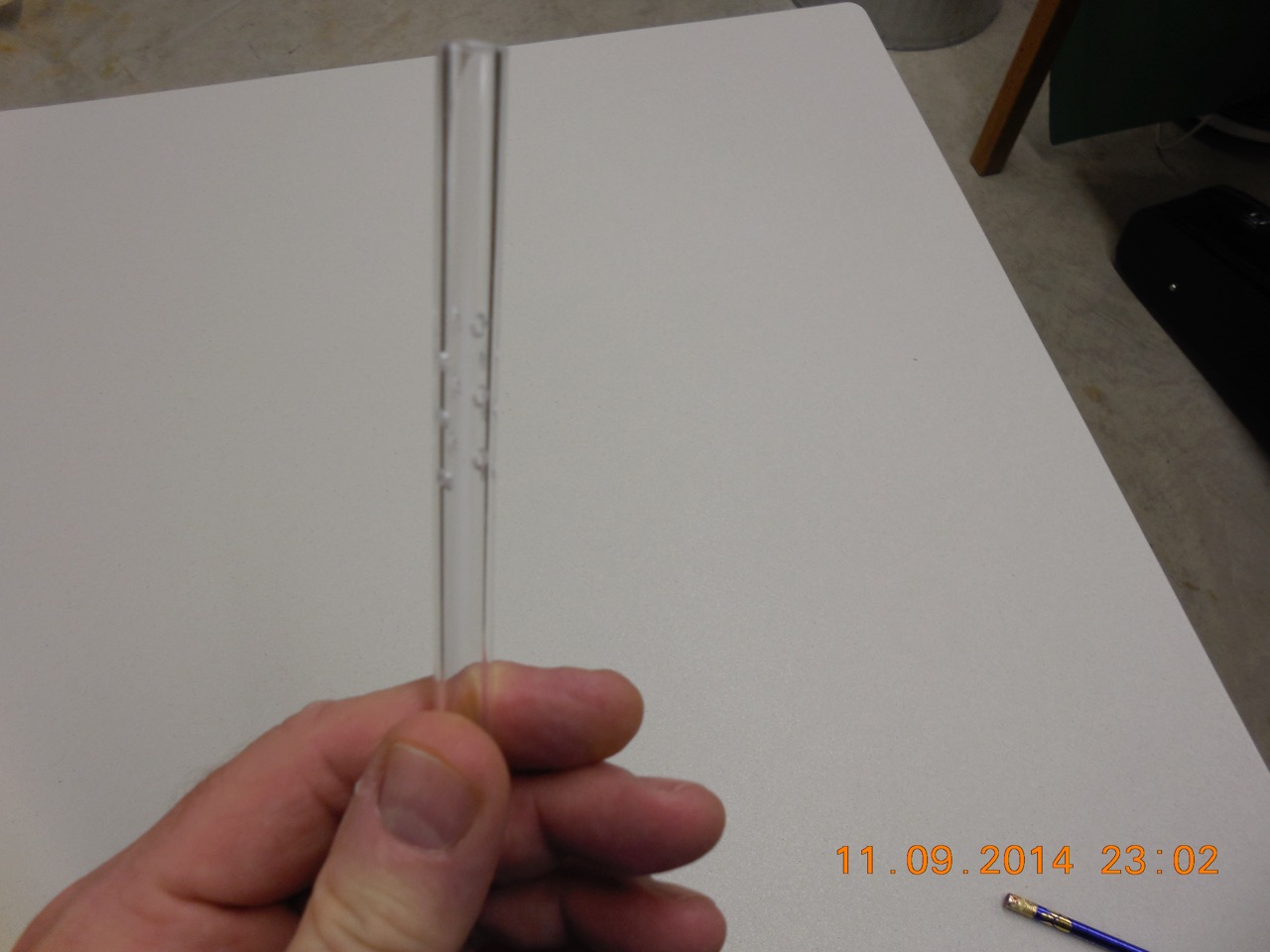There is no need to make a starter with 150B cells other than to wake the culture up. The maximum cell density for a 1L starter is approximately 200B cells. One hundred and fifty billions cells gives on a pitching rate of 6.5 million cells per milliliter. That cell count will get the job done in 23L of wort.
What a lot of brewers do not understand is that the yeast biomass does not grow Iinearly. It grows exponentially at the rate of 2^n, where "n" is the number of replication periods and the symbol "^" denotes raised to the power of. The reason for this growth pattern is the every cell buds a daughter cell every replication period. The number of replication periods required for a yeast culture to reach maximum cell density is the log base 2 of the maximum cell density for the batch of wort divided by the pitched cell count. Most calculators do not support the log base 2 function, but that can be calculated using either the natural log function "ln" or the log base 10 function. I will use the log base 10 function.
number_of_replication_periods = log(maximum_cell_density_for_batch / pitch_cell_count) / log(2)
Let's calculate the maximum cell density for a 23L batch.
maximum_cell_density_for_1L = 200,000,000,000 (200 billion cells)
maximum_cell_density_for_batch = volume_in_liters * maximum_cell_density_for_1L
maximum_cell_density_for_batch = 23 * 200,000,000,000 = 4,600,000,000,000 (4.6 trillion cells)
Starting with 200 billions cells, our culture will go through
number_of_replication_periods = log(4,600,000,000,000 / 200,000,000,000) / log(2) = 4.52
What this figure means in layman's terms is that the yeast culture will double in size 4.52 times after it exits the lag stage before it cannot grow any larger.
Starting with 150 billions cells, our culture will go through
number_of_replication_periods = log(4,600,000,000,000 / 150,000,000,000) / log(2) = 4.9
What this figure means in layman's terms is that the yeast culture will double in size 4.9 times after it exits the lag stage before it cannot grow any larger.
As one can see, there is very little difference in the amount of time a culture remains in the exponential growth phase between 150B and 200B cells. It is not even an extra replication period. Even if we pitch 100B cells, we only looking at one additional replication period for a yeast culture to reach maximum cell density in a batch of wort.
number_of_replication_periods = log(4,600,000,000,000 / 100,000,000,000) / log(2) = 5.52
Here, my friends, is why I always state that yeast cultures are like nuclear weapons in that one only needs to get reasonably close to one's target cell count. As long as there is enough dissolved O2 to sustain the grown, it does not matter if we underpitch by as much as 50%. We could theoretically pitch 1/4th of the necessary cell count if we have enough dissolved O2 and our sanitation is on point. The main reason we need to be close to our desired cell count is because the bacteria cell count grows by a factor of eight every time the yeast cell count doubles. I cover all of this information in detail in my blog entry entitled "Yeast Cultures are Like Nuclear Weapons" (
Yeast Cultures are Like Nuclear Weapons | Experimental Homebrewing).






